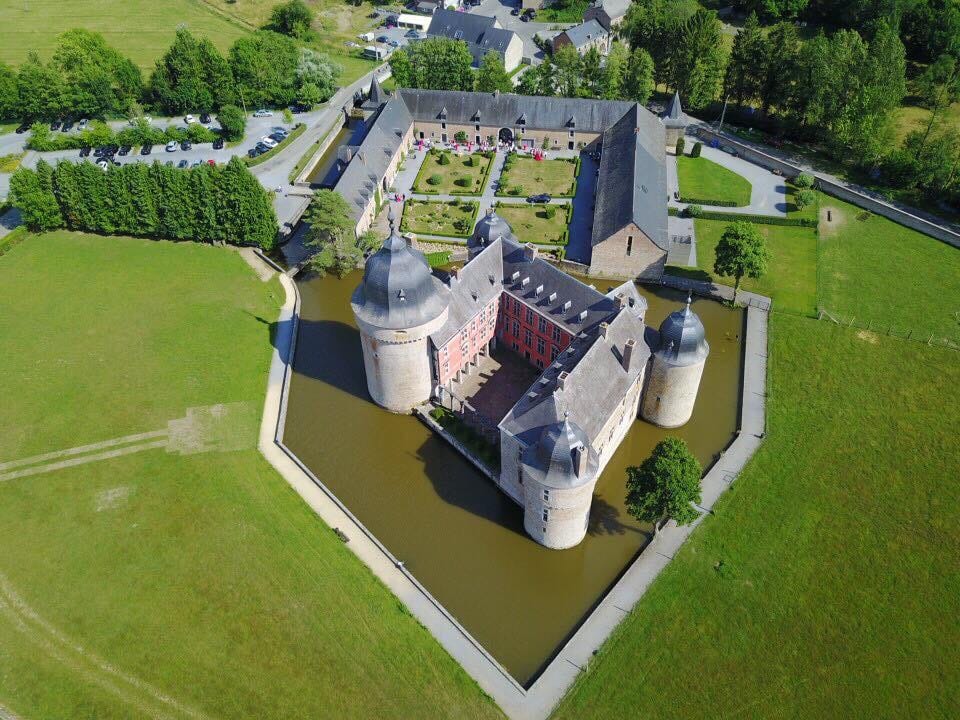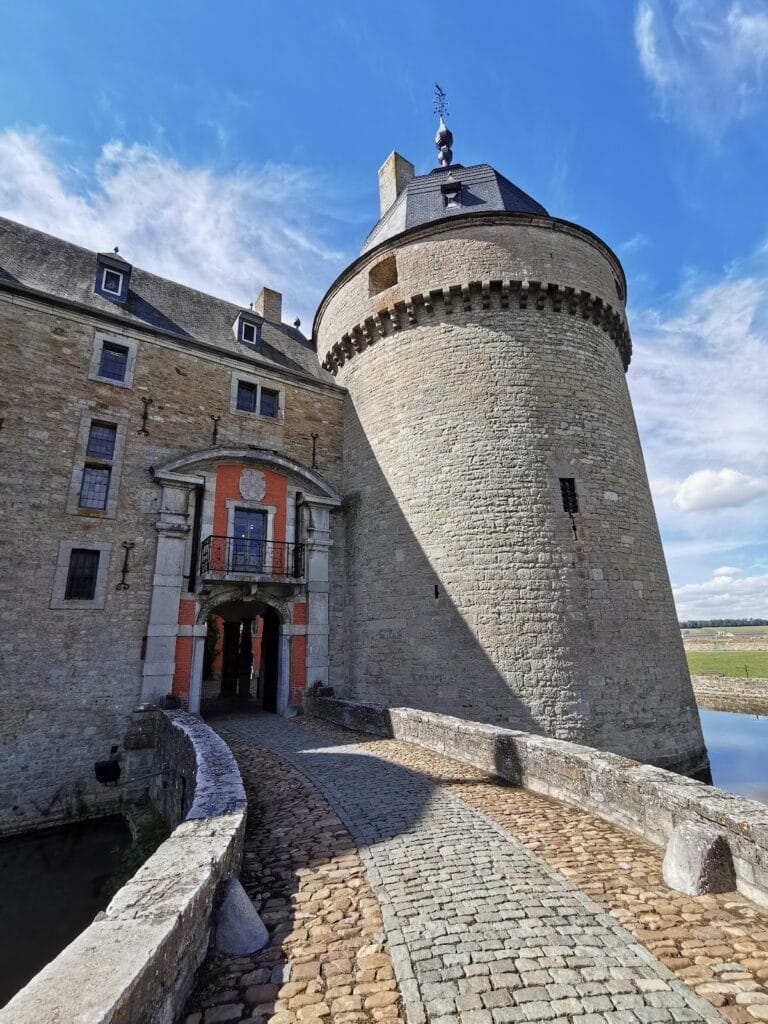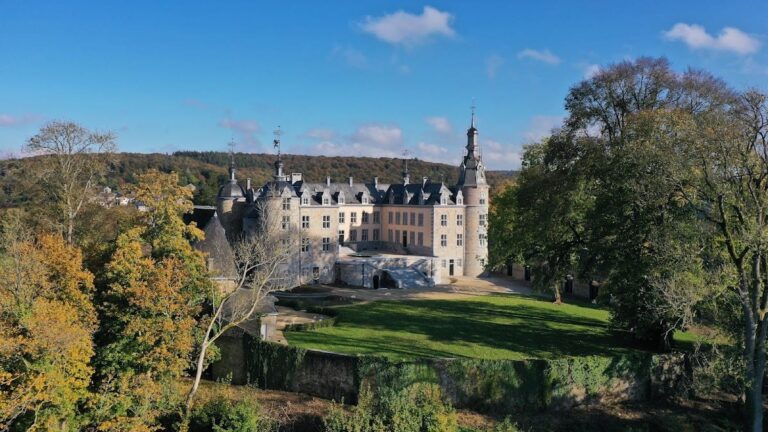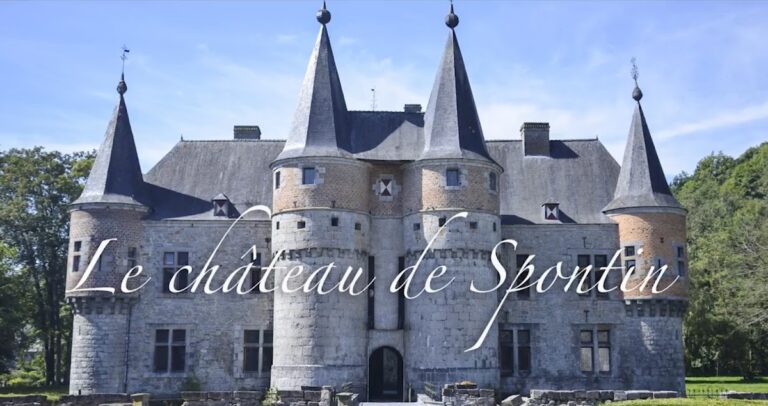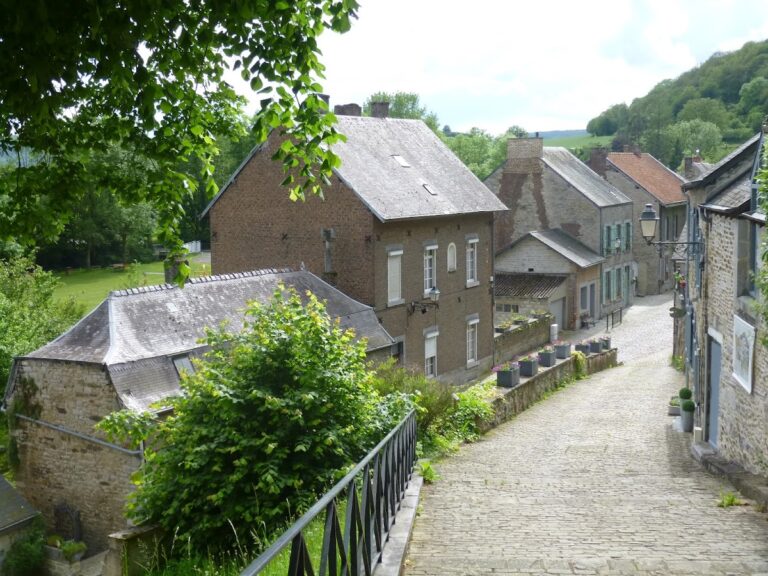Lavaux-Sainte-Anne Castle: A Medieval Fortress and Museum in Belgium
Visitor Information
Google Rating: 4.5
Popularity: Medium
Google Maps: View on Google Maps
Official Website: www.chateau-lavaux.com
Country: Belgium
Civilization: Medieval European
Remains: Military
History
Lavaux-Sainte-Anne Castle is situated near Rochefort in the Namur province of Wallonia, Belgium. Its origins trace back to a fortified manor recorded in 1244, linked to the de Wellin family. Jacques de Wellin adopted the title de Lavaux, establishing the site’s early noble association. The castle’s location was strategic, guarding the border between the Prince-Bishopric of Liège and the Duchy of Luxembourg alongside other small fortresses.
In 1450, Jean II de Berlo, a noble loyal to the Prince-Bishop of Liège, ordered the construction of the castle as part of a defensive network. During the mid-15th century, the region was marked by conflict between Prince-Bishop Louis de Bourbon and rebellious cities such as Dinant. Jean II initially remained neutral but later supported the Prince-Bishop, prompting sieges by Dinant militia in 1463 and 1464. The castle resisted these attacks, though nearby farms were destroyed. Jean II fled to the Prince-Bishop’s court after the sieges.
Following the Burgundian conquest by Duke Philip and his son Charles the Bold, the castle was restored as a reward for loyalty. However, in 1482, during a regional civil war, Jean II de Berlo and his son died in battle, leaving the castle abandoned for an extended period.
In the 16th century, Everard de Merode acquired the estate and undertook partial restoration. The castle suffered damage again in 1567 during a siege by the Duke of Alba’s forces, who were suppressing Flemish nobility. Throughout the 17th century, ownership changed several times. In 1630, Jacques Renard de Rouveroit, an imperial baron and military officer, purchased the castle and carried out significant reconstruction, adding agricultural buildings nearby.
The 18th century saw further enhancements under Henri Joachim de Rouveroit, Jacques Renard’s great-grandson. He built a grand staircase and decorated the castle’s facades. Later, Amour Désirée inherited the property and married Prince Charles-Emmanuel de Gavre, the last noble to reside there. The castle ceased to be a noble residence in the 19th century when it passed to the Malacord-Fischbach family in 1810, who did not maintain it, leading to its decline.
By the early 20th century, the castle was in ruins. In 1927, ownership transferred to a non-profit organization, which began a major restoration from 1933 to 1939. This work was led by Raymond Pelgrims and architect Van der Hulst, supported by Baroness Lemonnier. Since 1933, the castle has been managed by the “Ligue des Amis du Château de Lavaux-Sainte-Anne” and transformed into museums focusing on hunting, rural life, and nature.
Remains
Lavaux-Sainte-Anne Castle has a rhomboid quadrilateral layout with four massive round stone towers at each corner. These towers are connected by stone curtain walls enclosing a small inner courtyard. The entire structure is surrounded by a wide moat filled with water from the Wimbe River, a tributary of the Lesse.
The main entrance was originally reached by a drawbridge on the eastern wall. This was later replaced by a permanent dam built in a steep arc shape designed to resist battering ram attacks. The principal tower, or donjon, stands at the northwest corner and dates from the 15th century. It has four floors: the ground floor served as food storage and guard rooms; the upper floors housed the lord’s apartments and servants’ quarters; the top level was reserved for garrison soldiers.
The donjon’s limestone walls are 2.5 meters thick and feature defensive elements such as machicolations (openings for dropping objects on attackers), oculus loopholes (small round openings), and arrow slits. The fourth corner tower, built around 1500, lacks defensive openings, indicating a shift in function or style.
Originally, the castle included a bailey, or outer ward, on the southwest side, also surrounded by water-filled moats. Today, this area contains a decorative garden with flower beds. Inside the donjon, the vaulted lord’s hall has a corbelled vault designed to enhance acoustics, creating the illusion of a crowd when only a few people spoke.
The donjon’s roof structure was rebuilt in the 17th century using traditional mortise and tenon joinery, a woodworking technique where a projecting piece fits into a corresponding hole. This roof has been restored to its original system. Several medieval elements, including the donjon and corner towers, remain intact. The castle is recognized as one of Belgium’s most notable medieval castles alongside Beersel, Bouillon, Corroy, Horst, Gravensteen, and Vêves.
Today, the castle houses three museums: a rural life museum in the cellars, a museum of the lords’ life on the ground floor with restored rooms such as the dining room, music room, and study, and a nature museum on the upper floor displaying taxidermied animals native to the Namur province.
